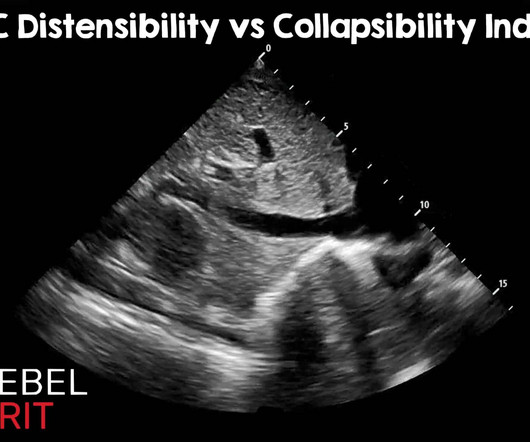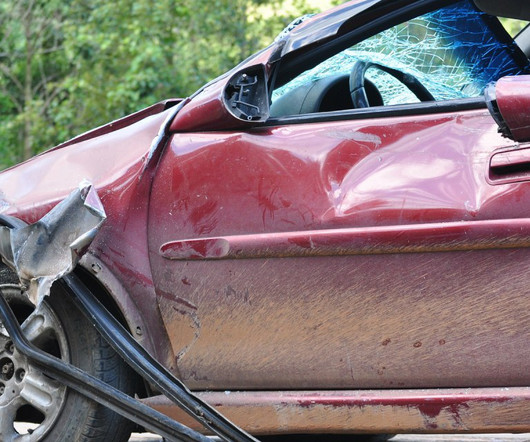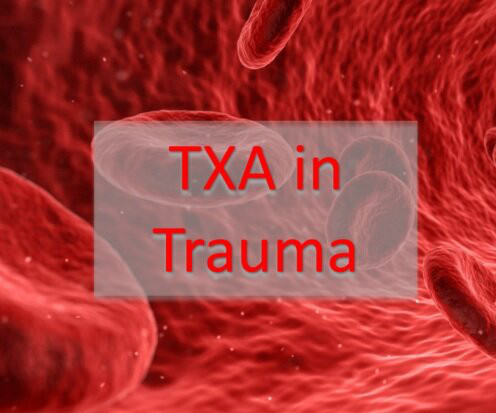52 in 52 – #38: Thrombolysis Guided by Perfusion Imaging up to 9 Hours after Onset of Stroke
EMDocs
JUNE 8, 2023
This week we cover the EXTEND trial looking at thrombolysis up to 9 hours after stroke onset. and 9 hours of symptom onset; stroke symptoms that started during sleep were assumed to have started halfway between the actual last known well and the time of wake-up. Intervention: Alteplase 0.9 in alteplase group versus 0.9%















































Let's personalize your content